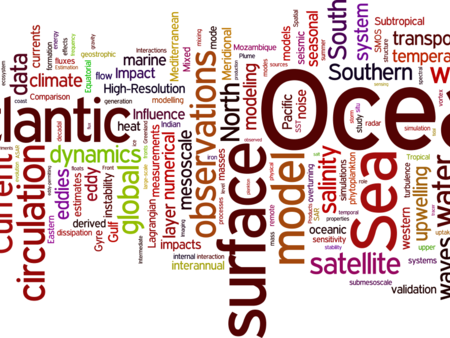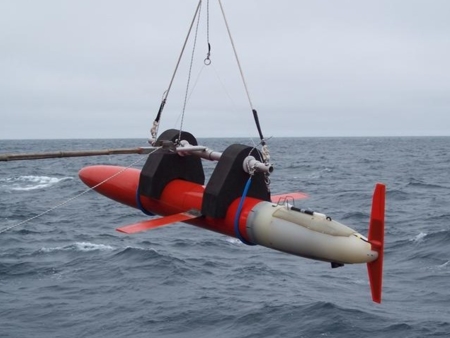Greace Yustisia Crystle
Title: Mixing and dissipation in the deep ocean
Supervisers: G. Roullet (UBO) and J. Molemaker (UCLA)
Funding: UBO and Brittany region (ARED). Started in October 2018.
This thesis aims to better understand oceanic phenomena at very small scales (from tens of
meters to a kilometer) that are the result of interaction with topography in the deep layers of the
ocean. These include internal tidal generation, internal wave breaking, geothermal heat flux
induced circulation, and mixing and wake formation by bottom boundary layer detachment.
These phenomena directly contribute to the dissipation of mechanical energy from the ocean and
to diapycnal mixing, and thus indirectly to the global equilibrium of the ocean circulation. In
realistic simulations of the ocean these phenomena are not resolved, and their role is taken into
account via parameterizations only. The objective of the thesis is to explicitly solve these
phenomena in order to gain improved insight and the ability to better quantify their effects. At
these scales, the phenomena are largely non-hydrostatic and their study by numerical modeling
requires a non-hydrostatic model. The proposing team has just completed the inclusion of non-
hydrostatic physics in the CROCO regional model. The approach proposed for the thesis is to use
realistic modeling at very high resolution with this non-hydrostatic version of the CROCO model
in order to simulate in all the complexity of their environment the phenomena responsible for this
energy dissipation and the diapycnal mixing. The choice of scales of study and the use of a
regional non-hydrostatic model, gives the thesis a genuine pioneering character.







